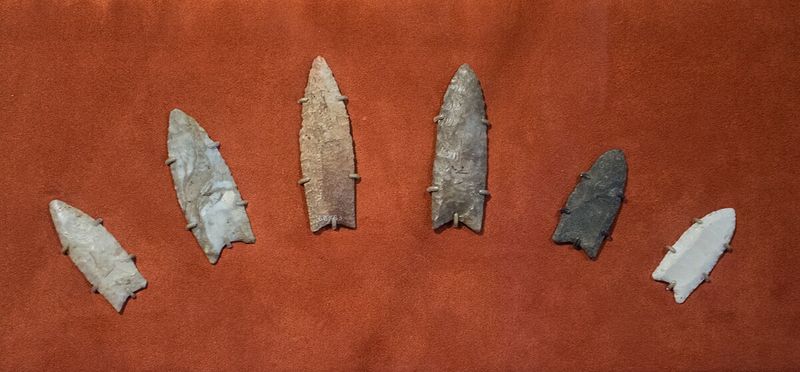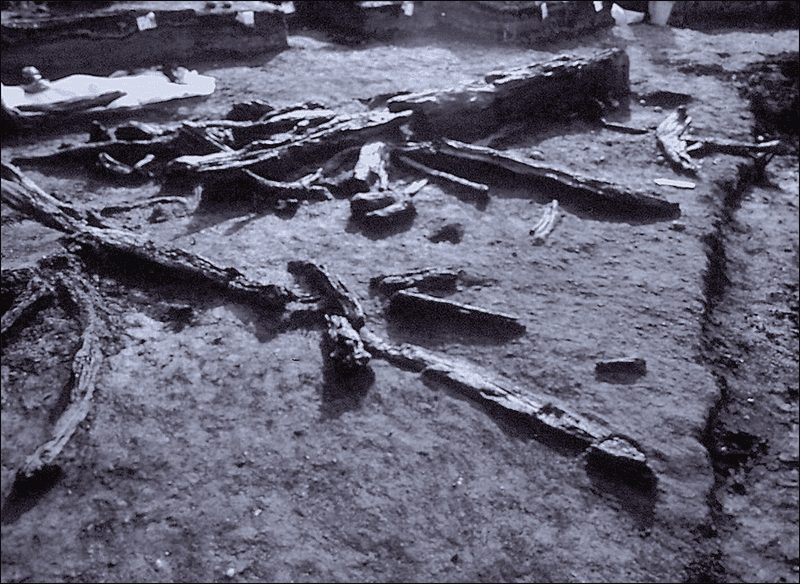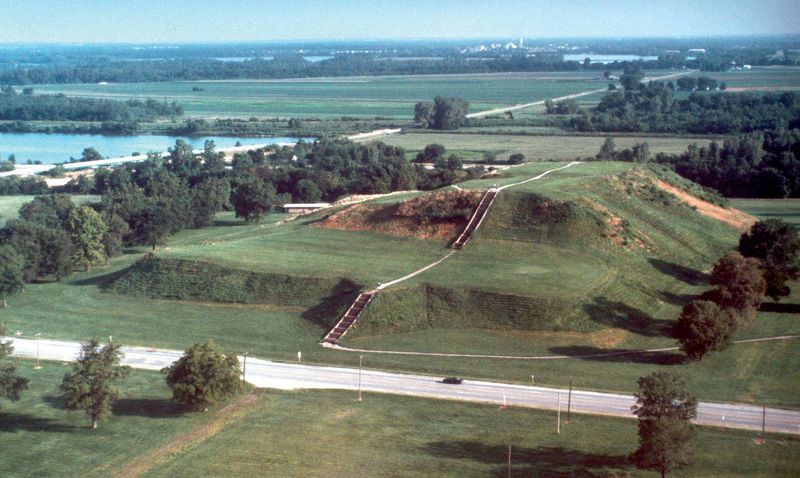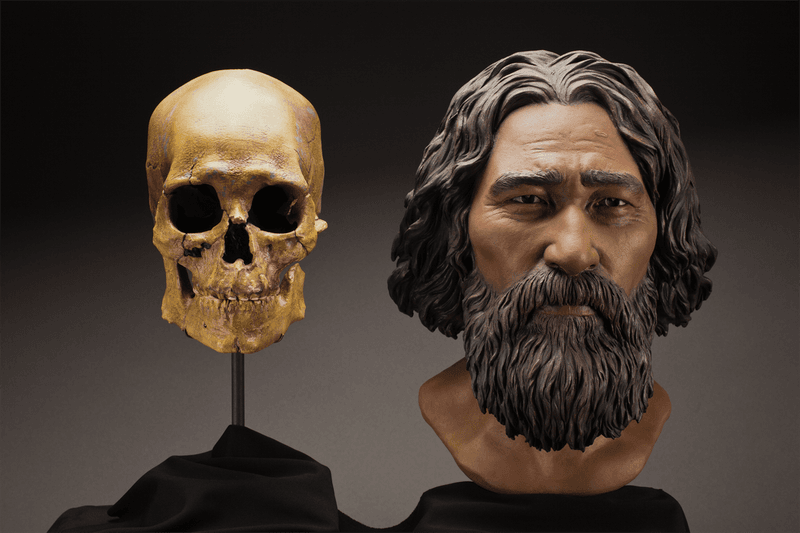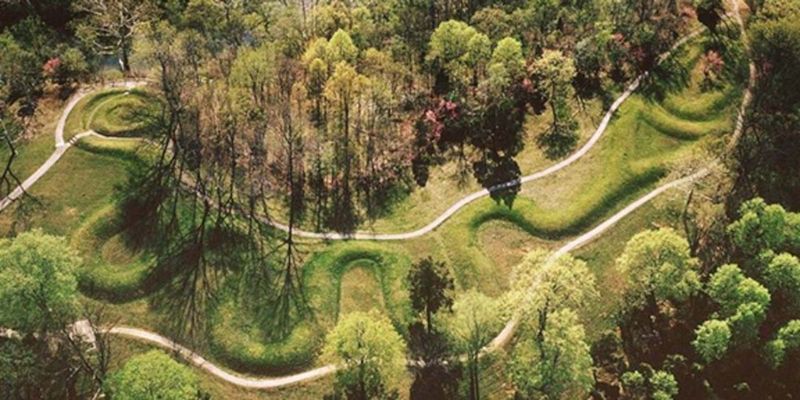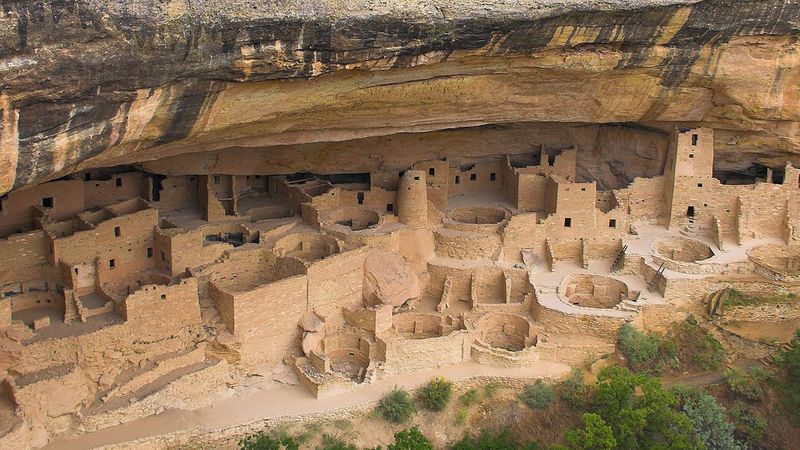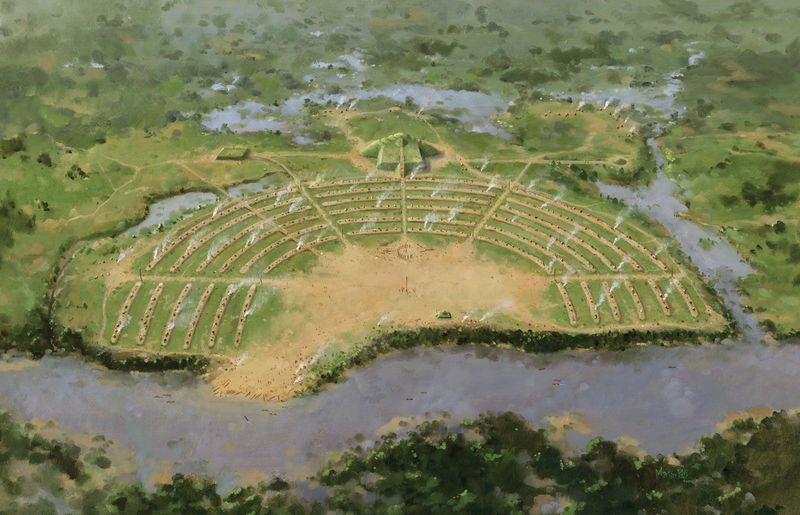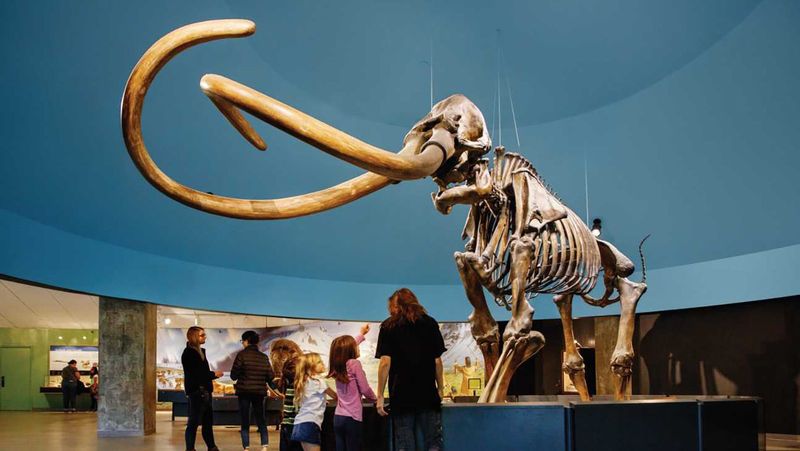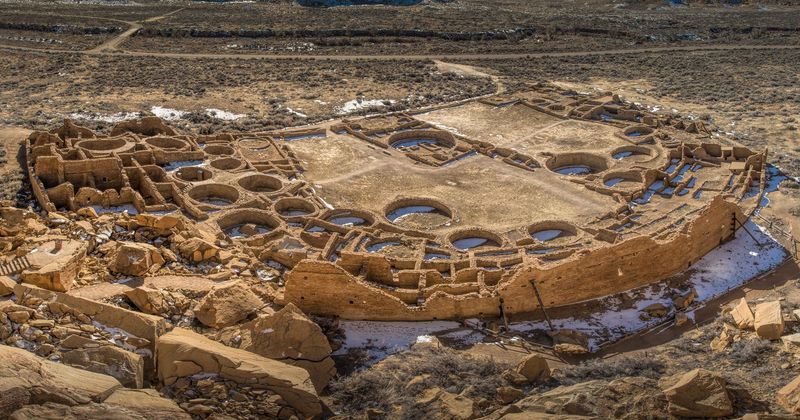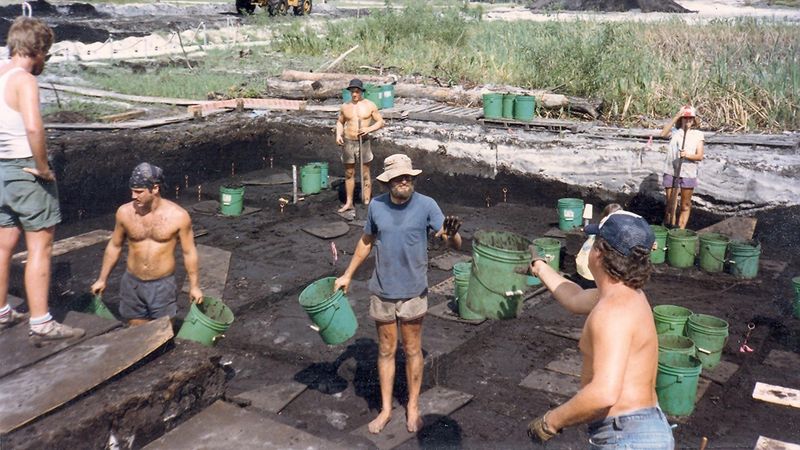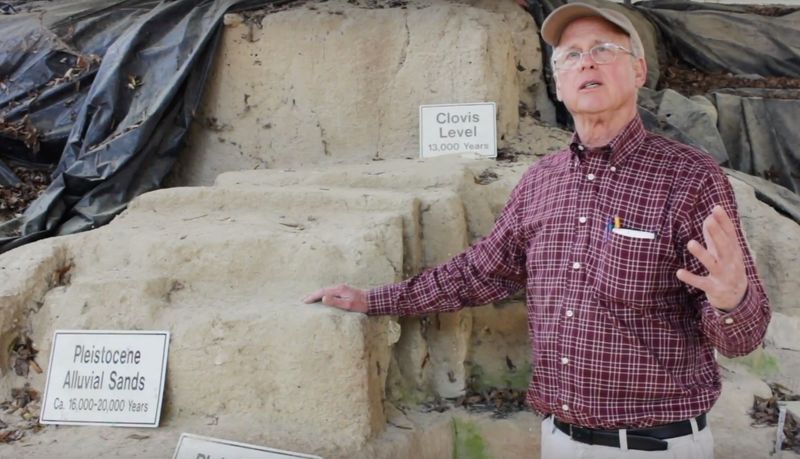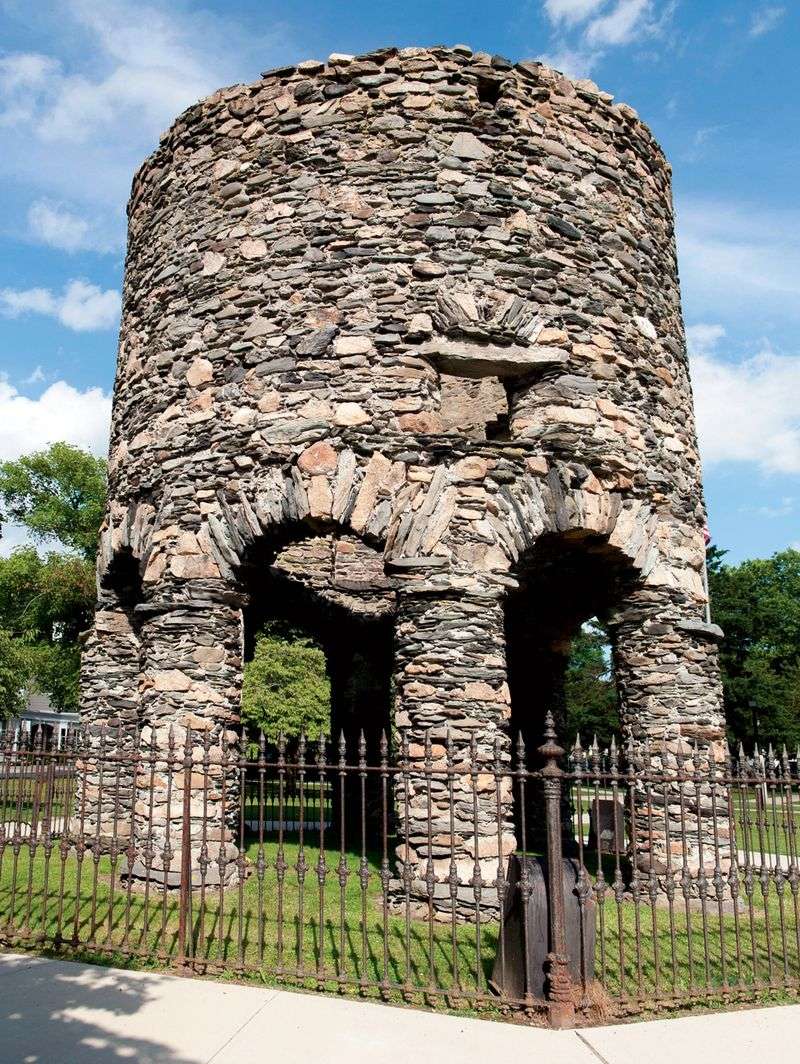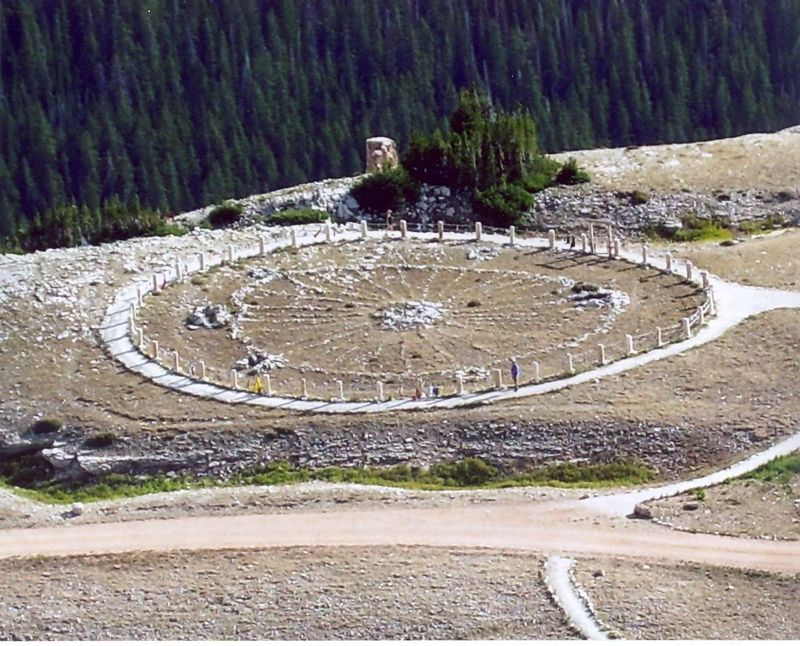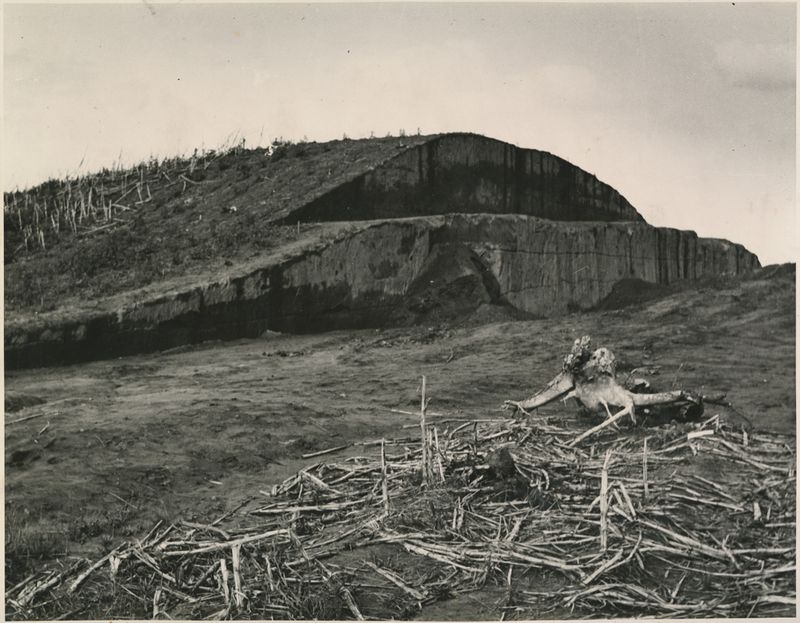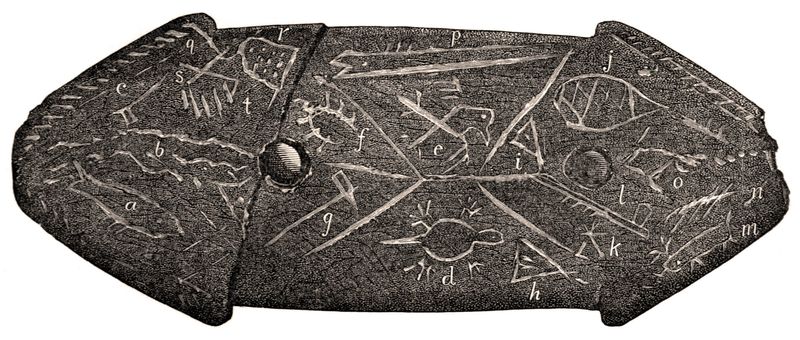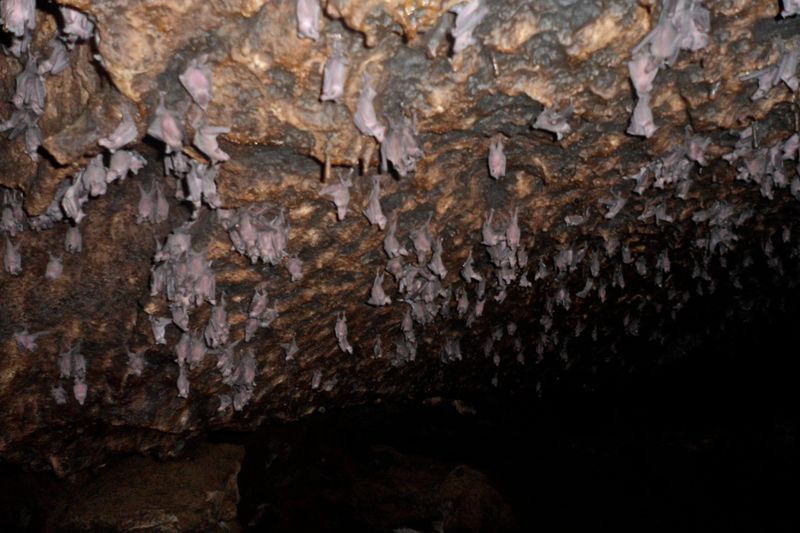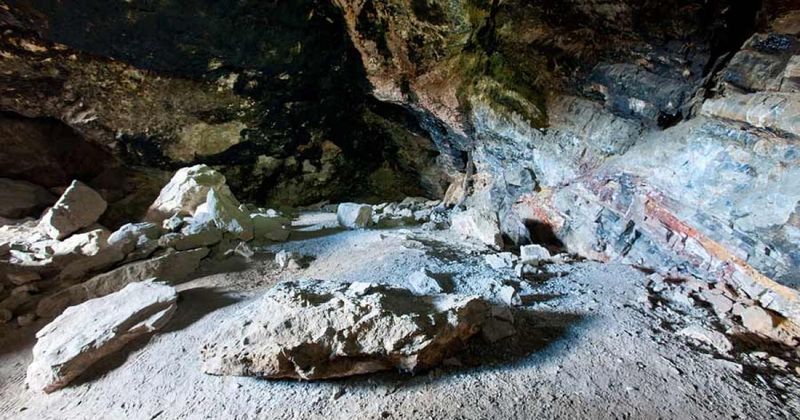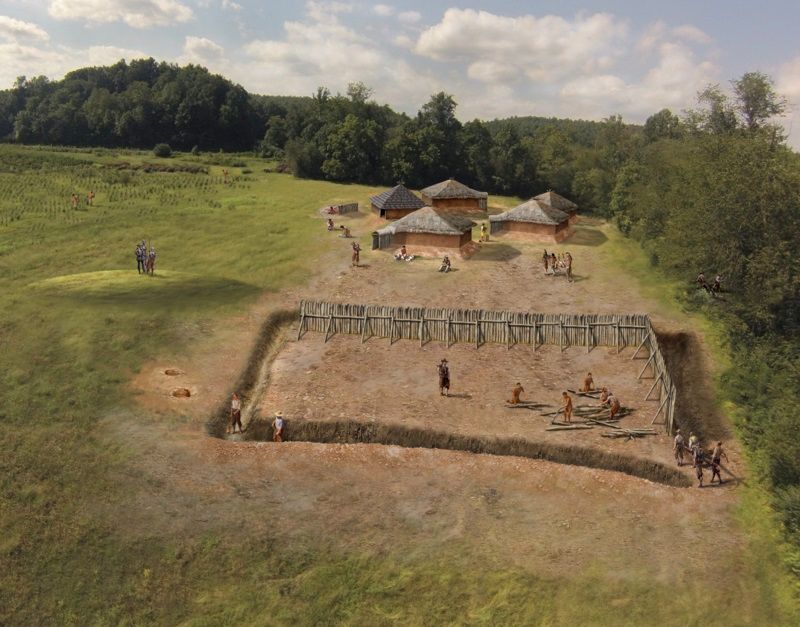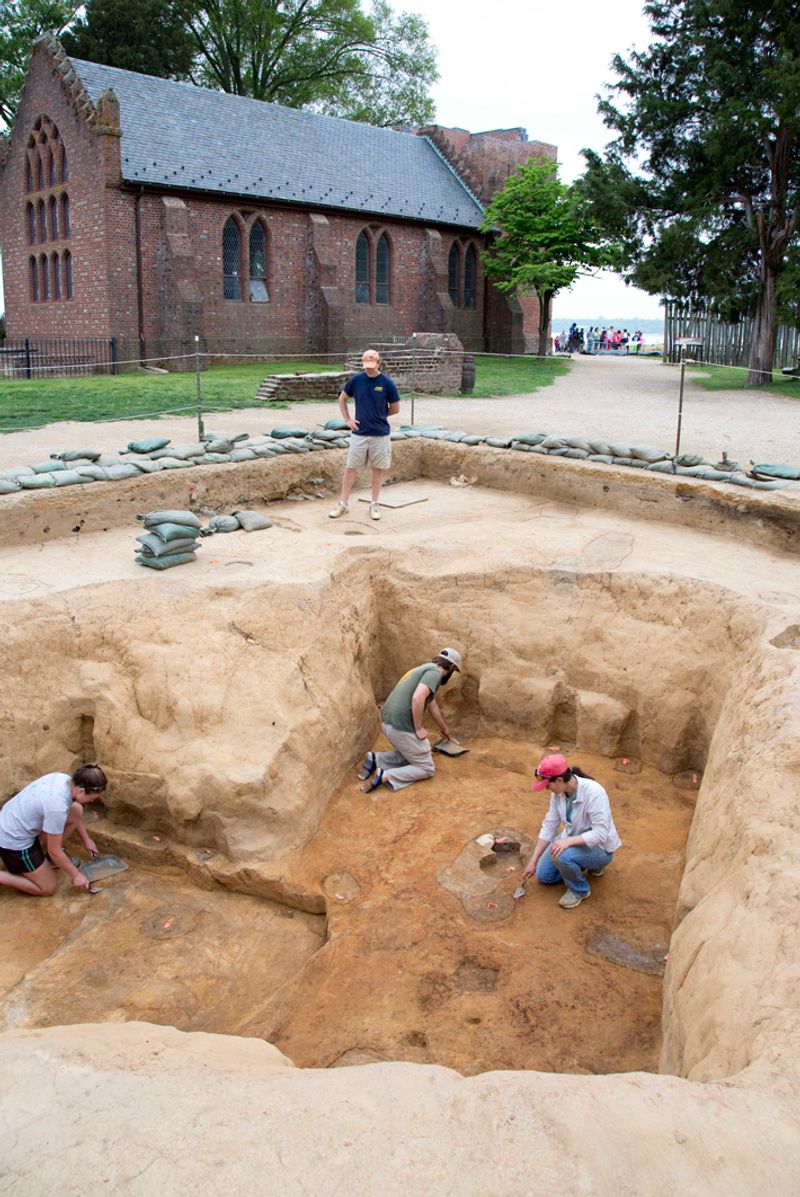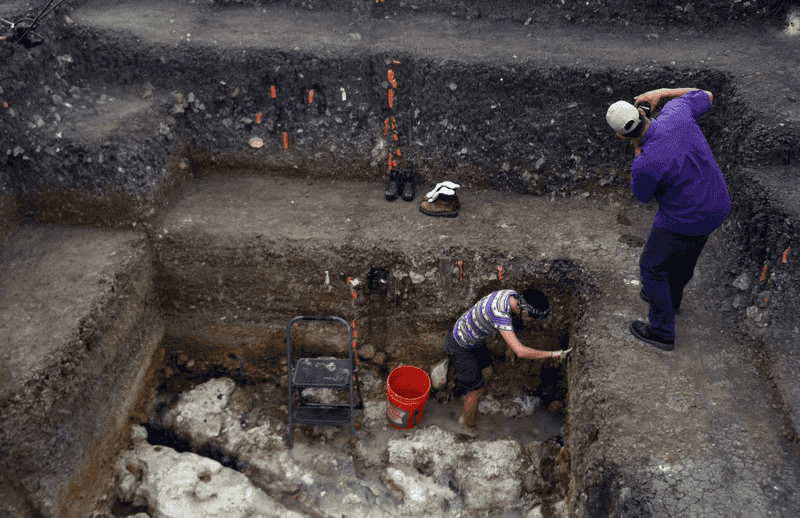Discover the fascinating world of American archaeology with this list of 20 groundbreaking finds. These discoveries have reshaped our understanding of ancient civilizations, migration patterns, and cultural practices across the Americas.
From the mysterious Clovis Points to the vibrant metropolis of Cahokia, each item on this list reveals a unique story about the continent’s past. These finds challenge long-held beliefs and open new chapters in the history of human presence in America. Join us as we explore these remarkable sites and artifacts that continue to captivate historians and enthusiasts alike.
1. Clovis Points – The First Americans?
Clovis Points, with their unique fluted edges, have long intrigued archaeologists and historians alike. These stone tools, dating back 13,000 years, are scattered across North America, suggesting the presence of one of the continent’s earliest known peoples.
The craftsmanship of these points is remarkable, revealing advanced skills in stone tool-making. For many years, these artifacts were thought to represent the first Americans. However, newer discoveries at even older sites have challenged this idea.
The iconic Clovis culture continues to spark debates and curiosity about early human migration and settlement patterns.
2. Monte Verde, Chile – Older Than Clovis
Monte Verde, located in southern Chile, has turned archaeological theories on their head. Discovered in the 1970s, this site dates back over 14,000 years, suggesting human presence in the Americas well before the Clovis people.
The site includes preserved organic materials, such as wood and animal hides, offering a rare glimpse into the lives of these early settlers. Monte Verde has forced researchers to rethink migration models, suggesting a coastal route for the first Americans.
The discovery continues to fuel debates and research into how and when humans first arrived in the Americas.
3. Cahokia Mounds, Illinois – America’s Lost City
Cahokia Mounds, near modern-day St. Louis, was once a thriving metropolis home to up to 20,000 people. At its peak around 1250 CE, it was larger than London, showcasing advanced urban planning and vibrant trade networks.
The mounds, some towering over 100 feet, served religious, political, and social functions. This city reflects a sophisticated Native society with complex institutions and cultural practices.
Cahokia’s decline remains a mystery, but its legacy endures, offering insights into pre-Columbian civilizations and their achievements in North America.
4. Kennewick Man, Washington – The Ancient One
Kennewick Man, unearthed in Washington, is one of the most complete ancient skeletons found in North America, dating back 9,000 years.
Dubbed “The Ancient One,” his discovery sparked significant legal and scientific debates over ancestry and the rights of indigenous peoples. DNA analysis eventually confirmed his Native American heritage, reinforcing deep ties to the continent’s past.
Kennewick Man’s story is a powerful reminder of the complex and often contentious relationship between archaeology and indigenous history in America.
5. Serpent Mound, Ohio – Mystery in the Earth
Serpent Mound in Ohio stretches over 1,300 feet, its sinuous form resembling a snake with a coiled tail. This effigy mound may align with astronomical events, hinting at the spiritual and ceremonial significance for ancient cultures.
The exact purpose and builders of Serpent Mound remain a puzzle, though it’s believed to be the work of the Adena or Fort Ancient cultures.
The mound’s mysterious origins and celestial alignments continue to intrigue archaeologists, offering clues into the spiritual lives and astronomical knowledge of its creators.
6. Mesa Verde Cliff Dwellings, Colorado – Cities in the Sky
Mesa Verde’s cliff dwellings offer a fascinating glimpse into the lives of the Ancestral Puebloans, who called these cliffs home over 700 years ago.
Nestled in the rocky cliffs of Colorado, these homes reveal remarkable engineering and adaptability to the environment. The sudden migration of these people adds to the mystery of their history.
The dwellings, now a UNESCO World Heritage site, preserve the cultural heritage of the Puebloans and continue to captivate visitors with their unique architecture and historical significance.
7. Poverty Point, Louisiana – Prehistoric Engineering
Poverty Point in Louisiana is a marvel of prehistoric engineering, built over 3,000 years ago. This massive complex of earthworks includes mounds and ridges, reflecting a highly organized society.
The site indicates extensive long-distance trade, with artifacts from distant regions found here. The sophistication of Poverty Point challenges perceptions of ancient North American cultures.
As a UNESCO World Heritage site, it continues to provide insights into prehistoric life and trade networks, expanding our understanding of early complex societies in the Americas.
8. La Brea Tar Pits, California – Ice Age Time Capsule
The La Brea Tar Pits in Los Angeles are a unique time capsule preserving life from the last Ice Age. While famed for its fossilized animals, such as mammoths and saber-toothed cats, human artifacts found nearby add depth to the history.
These artifacts help reconstruct the lifestyles and environments of ancient Californians. The tar pits continue to yield new discoveries, providing a window into prehistoric life.
Visitors to the site can witness ongoing excavations and learn about the science behind fossil preservation and archaeology.
9. Chaco Canyon, New Mexico – Astronomers of the Southwest
Chaco Canyon in New Mexico, a hub of ancient Pueblo culture, is renowned for its massive stone buildings and possible astronomical observatories.
The architectural precision and alignment with celestial events suggest a deep understanding of the cosmos among its builders. These structures served as ceremonial and administrative centers, reflecting the complexity of this society.
Chaco Canyon, a UNESCO World Heritage site, continues to fascinate researchers and visitors, unveiling the astronomical and cultural achievements of its ancient inhabitants.
10. Windover Bog Bodies, Florida – Ancient DNA Goldmine
Discovered in a Florida peat bog, the Windover Bog Bodies are among the best-preserved ancient remains in the world. Over 160 skeletons, dating back more than 7,000 years, have been unearthed here.
The unique preservation conditions provided rare insights into early diets, burial rituals, and even genetics. DNA analysis has shed light on the ancestry and health of these ancient individuals.
Windover remains a goldmine for archaeologists and geneticists, offering a tangible link to the prehistoric past of the southeastern United States.
11. Topper Site, South Carolina – Pre-Clovis Evidence
The Topper Site in South Carolina has stirred controversy with claims of human presence in the Americas up to 50,000 years ago. Stone tools found here challenge the widely accepted Clovis-first theory.
The evidence is hotly debated among scientists, with some questioning the dating methods and interpretations. However, if validated, it would dramatically alter our understanding of early human migration.
The ongoing research at Topper continues to intrigue archaeologists, as they unravel the complexities of prehistoric human history in America.
12. The Newport Tower, Rhode Island – Norse or Not?
The Newport Tower in Rhode Island is shrouded in mystery and speculation. Some believe it’s evidence of Norse exploration in pre-Columbian America, while others argue it’s simply a 17th-century windmill.
Its unique architecture and enigmatic history fuel debates about early European contact with the Americas. Theories abound, but concrete evidence remains elusive.
The Newport Tower stands as a symbol of historical intrigue, inviting visitors to ponder the possibilities of ancient transatlantic voyages and cultural exchanges.
13. The Bighorn Medicine Wheel, Wyoming – Sacred Alignment
The Bighorn Medicine Wheel in Wyoming is a sacred stone structure, possibly 800 years old, believed to align with astronomical events.
This alignment suggests it may have served calendrical or ceremonial functions for indigenous peoples. The wheel’s purpose and origins remain partially obscure, adding to its mystique.
It stands as a testament to the astronomical knowledge and spiritual practices of the Native American tribes who built it, continuing to captivate researchers and visitors alike.
14. Spiro Mounds, Oklahoma – Trade and Power
Spiro Mounds in Oklahoma unveils a glimpse into a vibrant center of trade and cultural power. This Mississippian culture site is rich in burial goods and artifacts, showcasing connections to distant regions.
The artifacts, from shells to copper, indicate complex trade networks and social hierarchies. Spiro’s influence extended far and wide, highlighting the interconnectedness of ancient North American societies.
The site remains a focal point for studying the trade dynamics and cultural practices of prehistoric America.
15. The Lenape Stone, Pennsylvania – Fact or Hoax?
The Lenape Stone, allegedly depicting humans hunting mammoths, has fueled debates since its discovery in Pennsylvania. Is it genuine evidence of prehistoric life, or a hoax?
Experts remain divided over its authenticity, with some suggesting it could rewrite historical timelines. The stone’s enigmatic carvings continue to captivate those interested in early American history.
Whether genuine or not, the Lenape Stone serves as a reminder of the challenges and mysteries in uncovering the continent’s distant past.
16. Bat Cave, New Mexico – The Birthplace of Corn?
Bat Cave in New Mexico is celebrated as a cradle of agriculture, where early remains of maize suggest the domestication of corn by Native Americans.
This discovery sheds light on the development of agriculture in North America, laying the foundation for complex societies. The cultivation of corn was a pivotal moment in human history, transforming diets and economies.
Bat Cave’s contributions to our understanding of agriculture’s origins continue to influence archaeological research and appreciation of indigenous achievements.
17. Lovelock Cave, Nevada – The Tale of Giants
Lovelock Cave in Nevada holds artifacts and remains that have sparked enduring legends of red-haired giants among the Paiute people.
While the tales captivate imaginations, most findings are grounded in the rich oral history of the Paiute tribe. Artifacts such as duck decoys and tools offer insights into the life and culture of ancient inhabitants.
Lovelock Cave continues to be a site of interest, blending archaeological findings with folklore and enriching our understanding of indigenous narratives.
18. Fort San Juan, North Carolina – Spain’s Lost Colony
Fort San Juan in North Carolina, built by the Spanish 20 years before Jamestown, sheds light on early European colonization in the Southeast.
Its discovery reveals the ambitious yet ultimately unsuccessful efforts to establish a foothold in the New World. The fort’s remains tell a tale of cultural encounters, conflict, and colonial ambitions.
As historians piece together its story, Fort San Juan adds a layer to the complex narrative of European exploration and settlement in America.
19. Jamestown Rediscovery, Virginia – America’s First Settlement Reexamined
Jamestown, Virginia, the site of America’s first permanent English settlement, has undergone a rediscovery that reexamines its early years.
Archaeology here has unearthed artifacts and evidence of the settlers’ struggles, adaptation, and resilience. The findings paint a more nuanced picture of the challenges they faced, beyond the simplified stories of textbooks.
Jamestown’s complex history continues to unfold, offering valuable lessons about survival and the interplay between cultures in the early colonial era.
20. The Gault Site, Texas – A Hidden History
The Gault Site in Texas is a treasure trove of ancient tools and bones, dating back over 16,000 years. This rich archaeological site supports the idea of diverse early American populations long before the Clovis culture.
The variety of artifacts found suggests a thriving community with complex social and cultural practices. Gault continues to challenge and enrich our understanding of prehistoric America.
As research progresses, this site remains pivotal in debates over the timeline and nature of human habitation in the New World.

